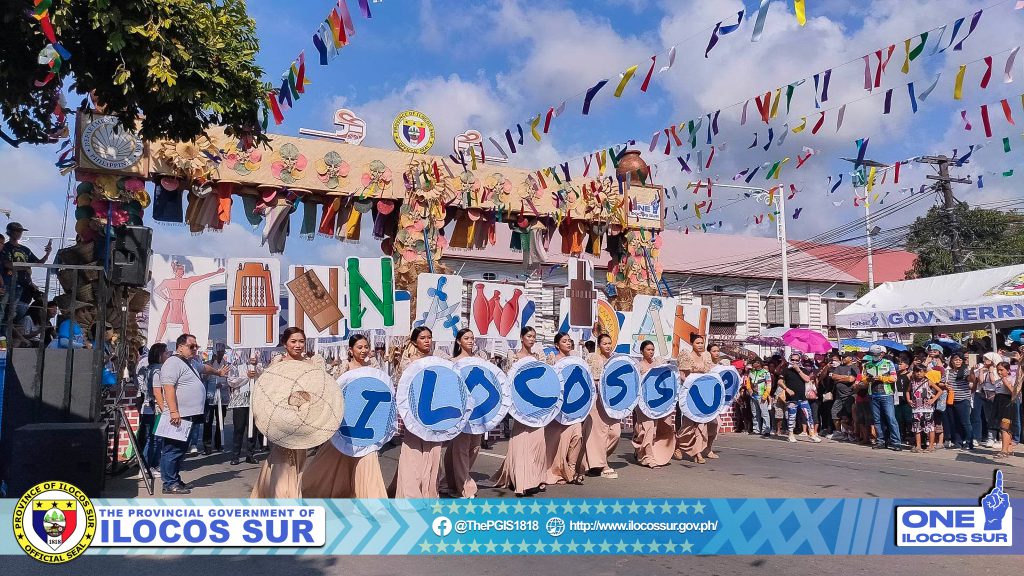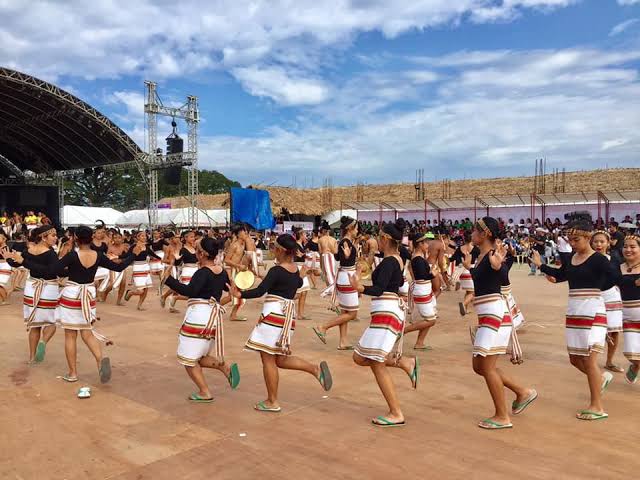Kannawidan Festival is the provincial festivity in Ilocos Sur celebrated every year at Vigan City for the commemoration of the founding anniversary of the province, dated in 1818. Kannawidan is a grand festivity of Ilocano heritage, traditions, and culture where affluent province traditions are brought back for future generations. It is abundant with cultural spectacles such as traditional dances, music, and rituals that highlight the rich heritage of the Ilocanos. One of its finest features is the "One Town, One Product" (OTOP) trade show featuring products from local entrepreneurs and craftsmen like abel weaving (handwoven fabrics), basi (wine made of sugarcane), Vigan longganisa (native sausage), bagnet (fried pork), and burnay (clay pots). These not only promote local handicrafts, but also help ensure the economic progress of the province by attracting investors and tourists.
Apart from its religious and economic significance, Kannawaidu Festival has strong roots in religious culture as well. The festival remembers the patron saint of Vigan, St. Paul the Apostle, through religious processions and thanksgiving masses. The festival season is also when Ilocanos go back to their origin as most home-based locals who originated from other locations within the nation come home to their hometown town to partake in the festivity. The festival is also executed through different adrenaline-pumping competitions and entertainment activities such as street dancing, beauty pageant, traditional games, rodeo acts, and cooking competitions which depict the wisdom, ingenuity, and courage of the Ilocano.
Aside from the celebration, Kannawidian also strengthens the Ilocano identity as solidarity and pride of its citizens. It brings together local government units, schools, companies, and other communities in a single effort to conserve and pay tribute to the unique history and culture of Ilocos Sur. Through this yearly celebration, the younger generations learn about their heritage, and foreign tourists from all over the country and world enrich the Ilocano culture even more. Lastly, the Kannawidan Festival is not only a celebration, but a demonstration of the Ilocano people's resilience, intelligence, and depth that makes it a valuable experience in the Philippines' rich cultural heritage.
References:
Saluyot, V. a. P. B. (2015, February 2). Kannawidan Ylocos Festival 2015. Ilocandia. https://saluyot.wordpress.com/2015/02/02/kannawidan-ylocos-festival-2015/
The IlOCoS sur Kannawidan Festival 2023 Street Dance Competition | Province of Ilocos Sur. (2023, February 12). https://mis.ilocossur.gov.ph/2023/02/12/the-ilocos-sur-kannawidan-festival-2023-street-dance-competition/
Suyo2024_Admin. (2020, January 30). Kannawidan Festival opening ritual by the Suyo District Teachers and Students - Official website Suyo Municipality, Province of Ilocos Sur. Official Website Suyo Municipality, Province of Ilocos Sur. https://www.suyoilocossur.gov.ph/kannawidan-festival-opening-ritual-by-the-suyo-district-teachers-and-students/
Kannawidan Ylocos Festival: Pride of the Ilocano culture. (n.d.). Vigattin Tourism (ARTICLES) - Philippines. https://www.vigattintourism.com/tourism/articles/Kannawidan-Ylocos-Festival-Pride-of-the-Ilocano-Culture































